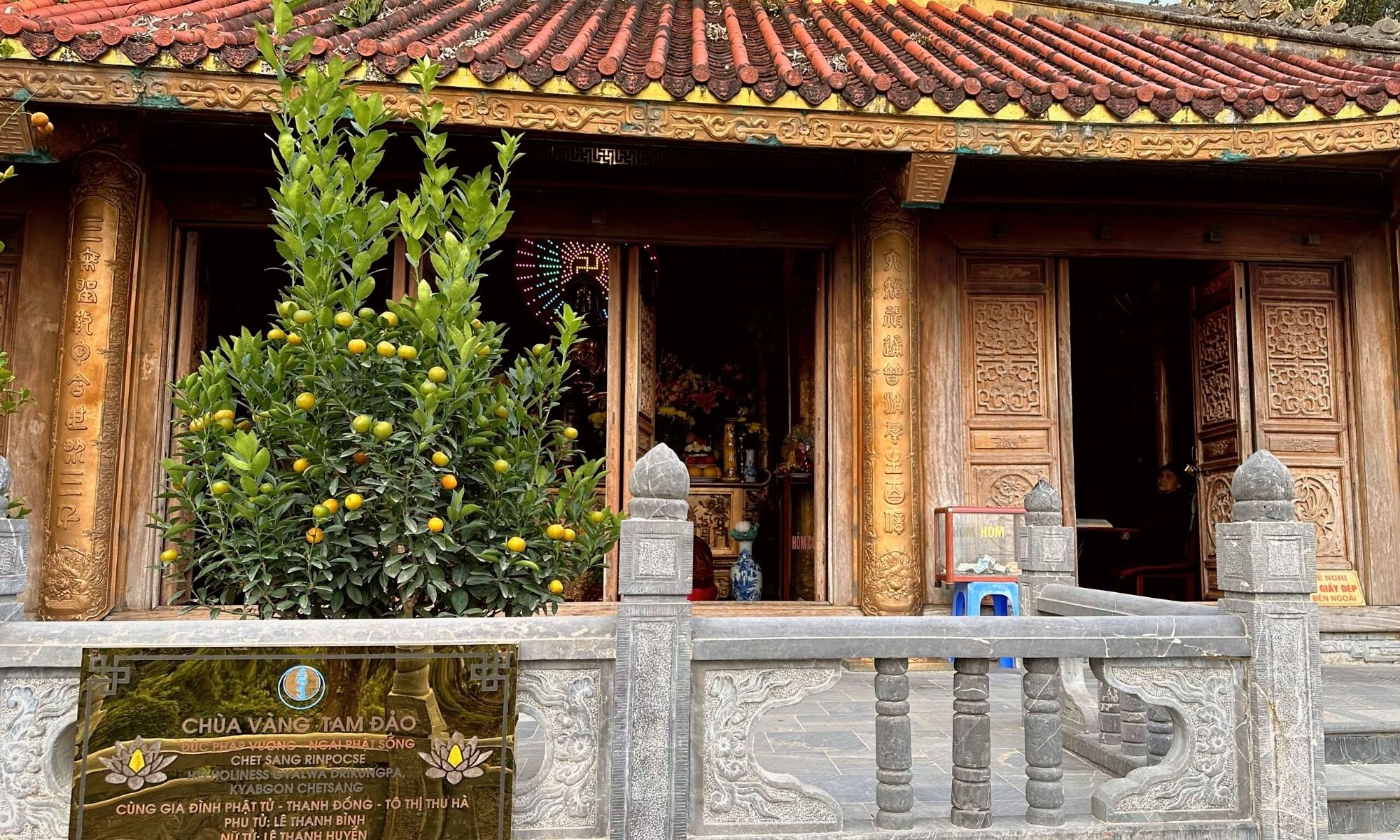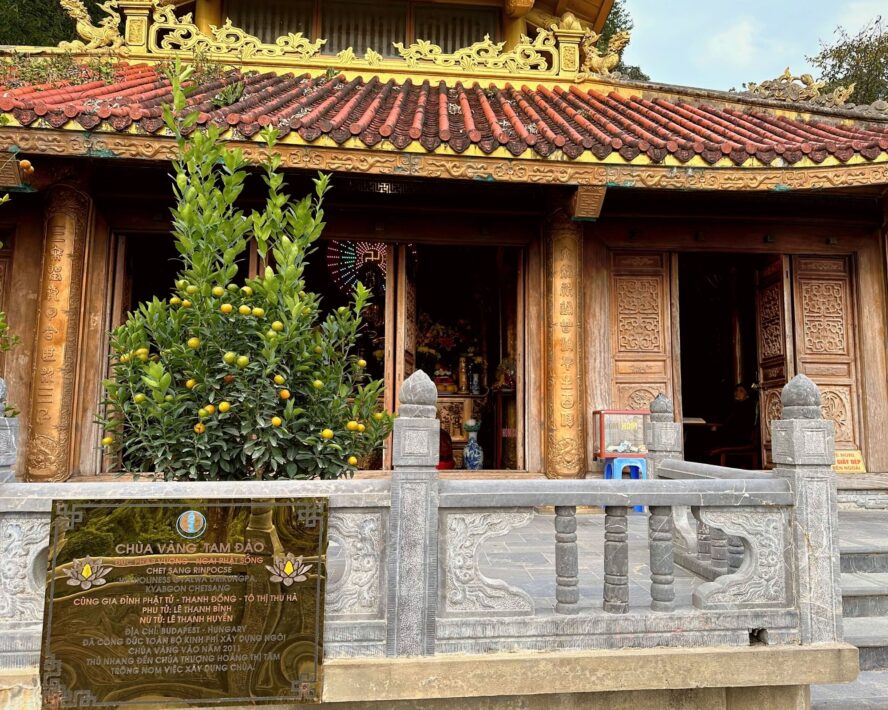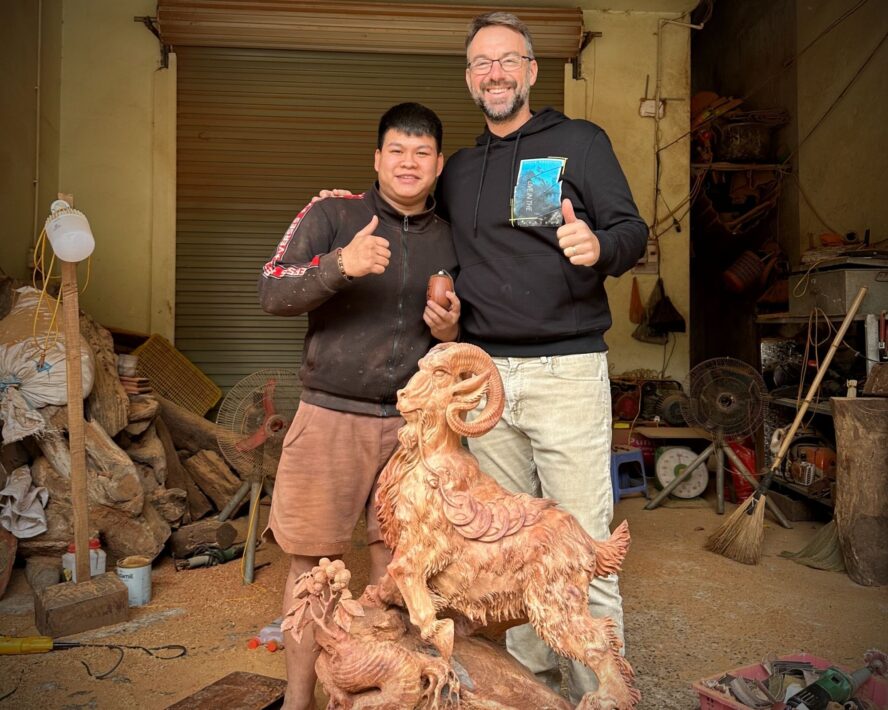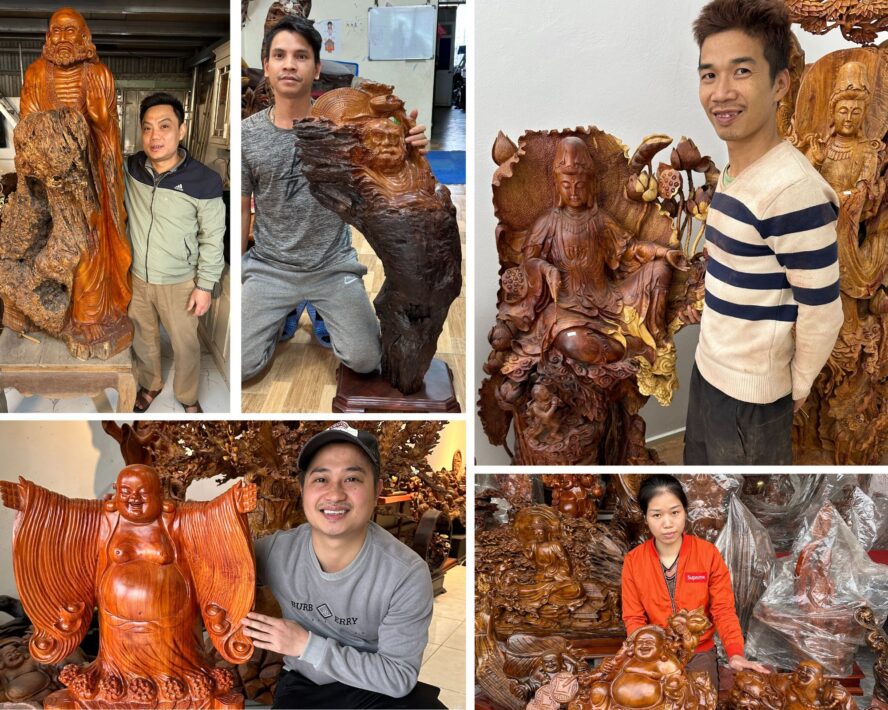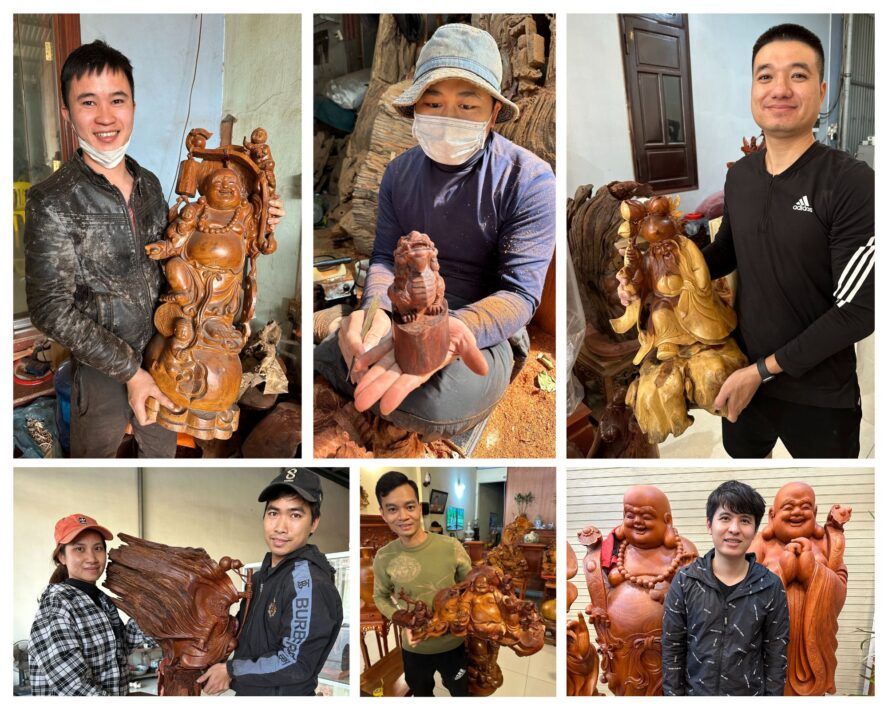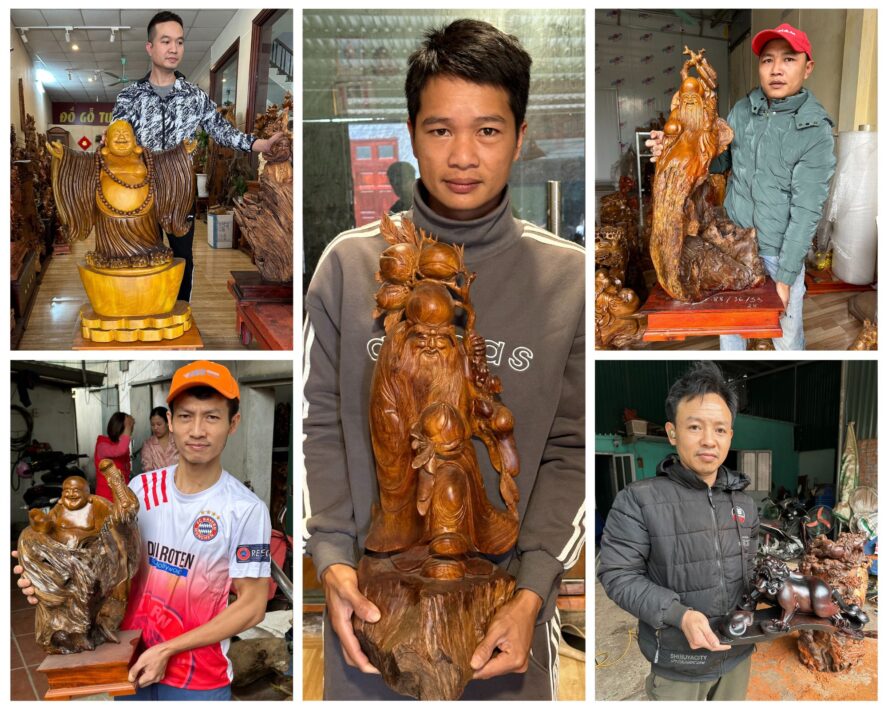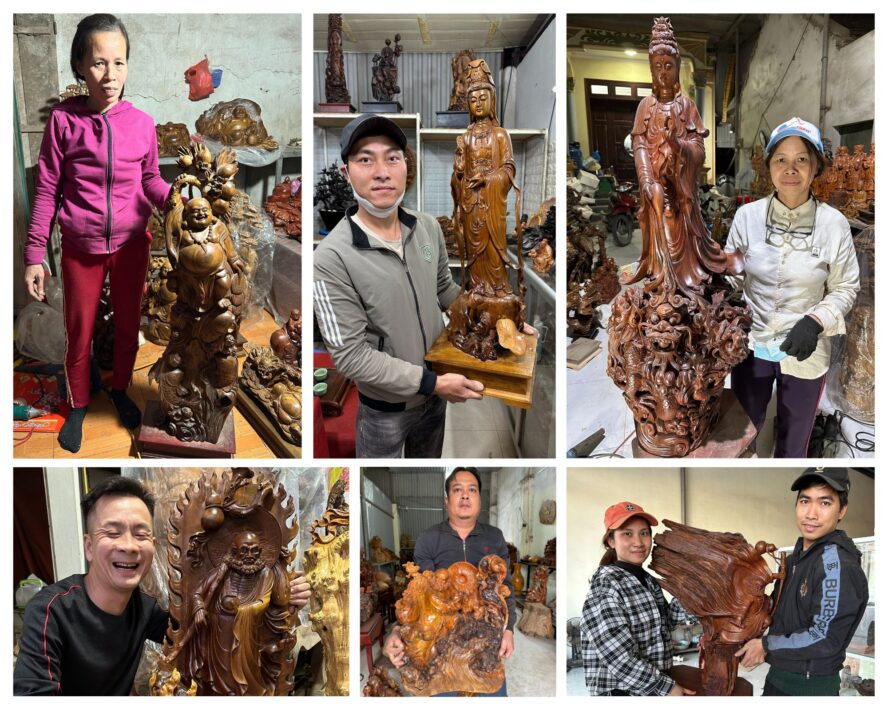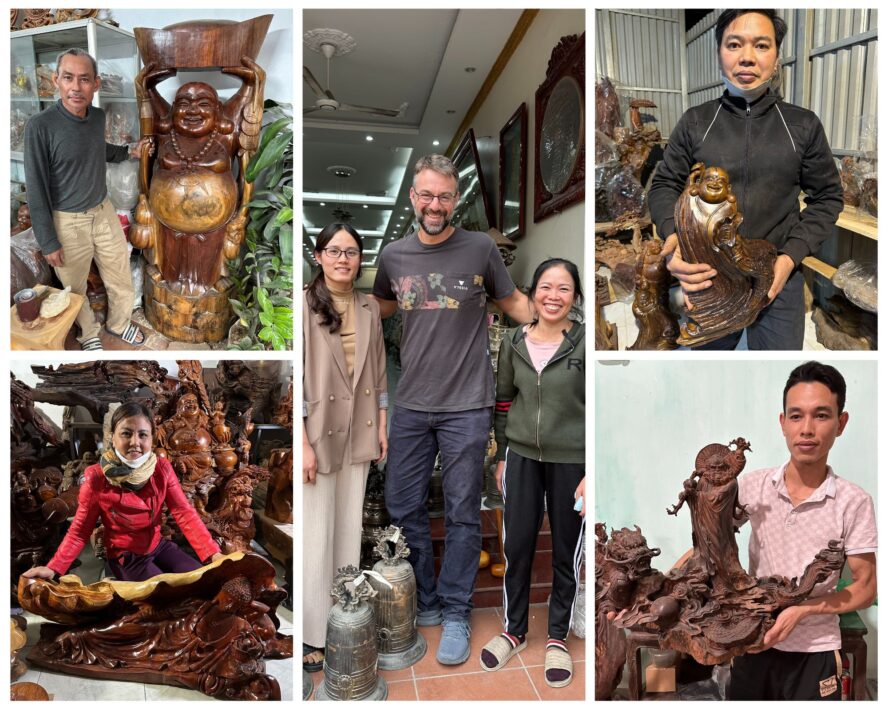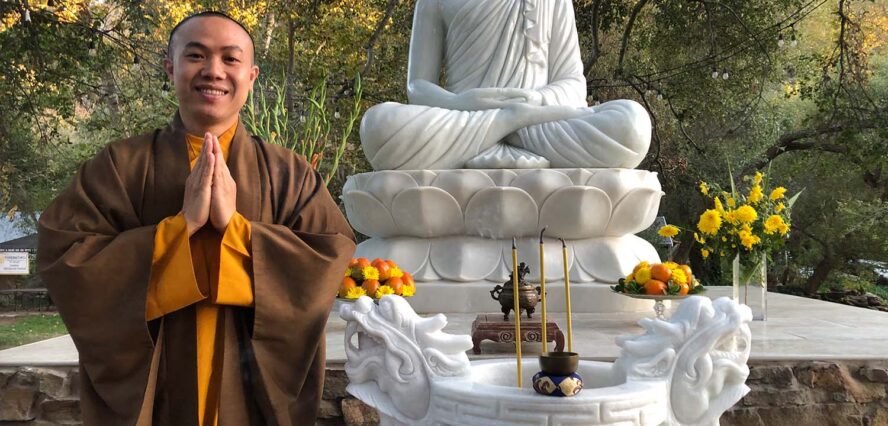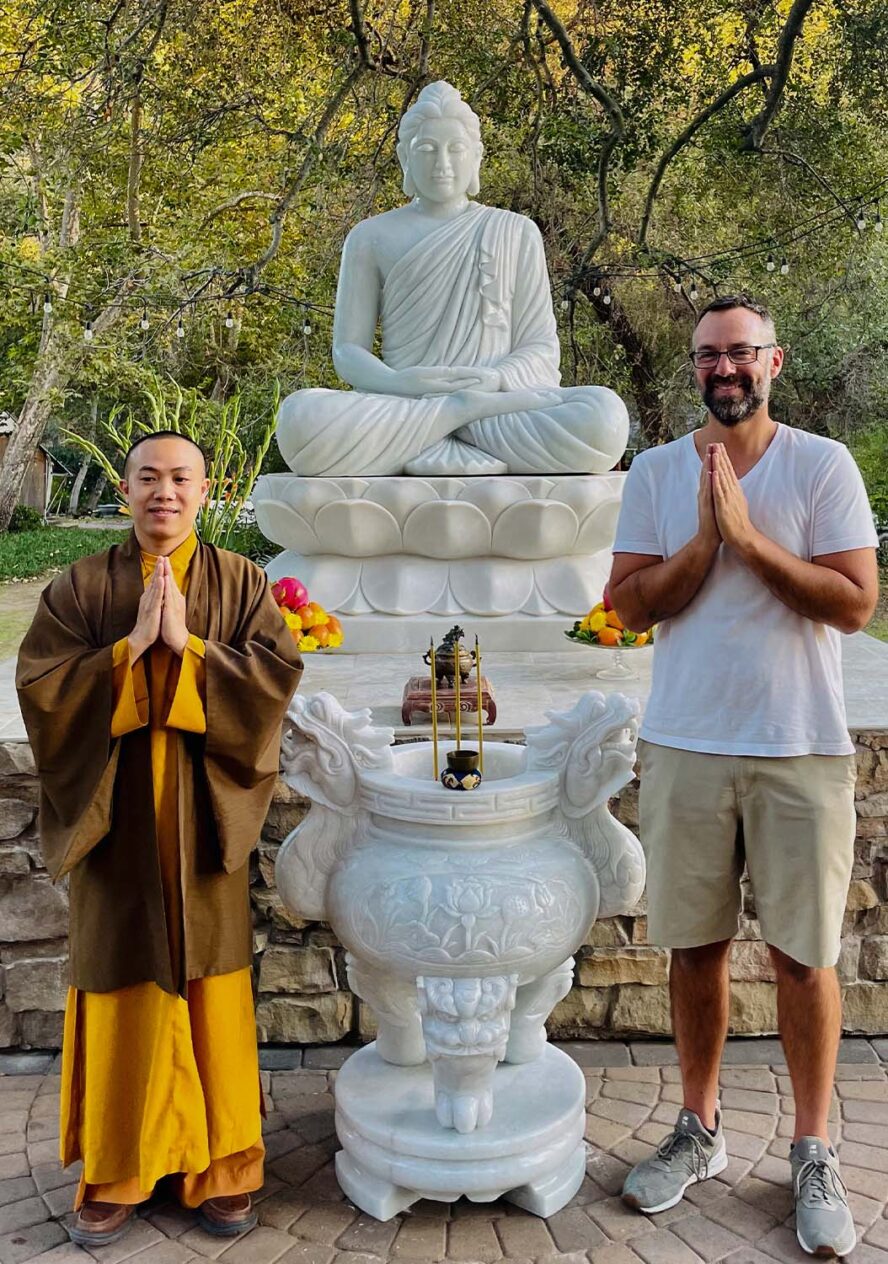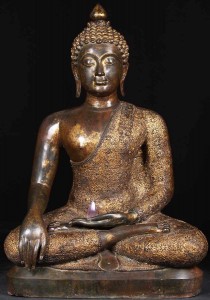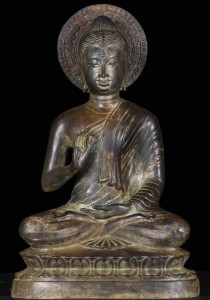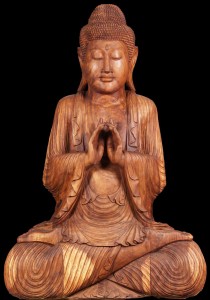January 18th, 2023
This visit to Vietnam has been an unforgettable experience. From the bustling city streets to the beautiful rural landscapes, Vietnam is full of wonder. The second stop on my Asia buying trip was central Vietnam, where our hand-carved, marble statues come to life!
Every trip to Asia gives me the chance to step away from the normal patterns of my life and allows me to think differently. Jumping over puddles, dodging the occasional marble projectile as I walk through the streets filled with artists carving marble statues, my mind is free to wander. I always come up with my best ideas when I am strolling around looking for statues.
During this perfectly happy time, I jumped across a puddle thinking I was landing in a tiny puddle only to discover it was a much deeper lake of marble dust sinking both shoes up to my ankle in sludge. This started my day of marble shopping in Vietnam. Thankfully the day got much better!
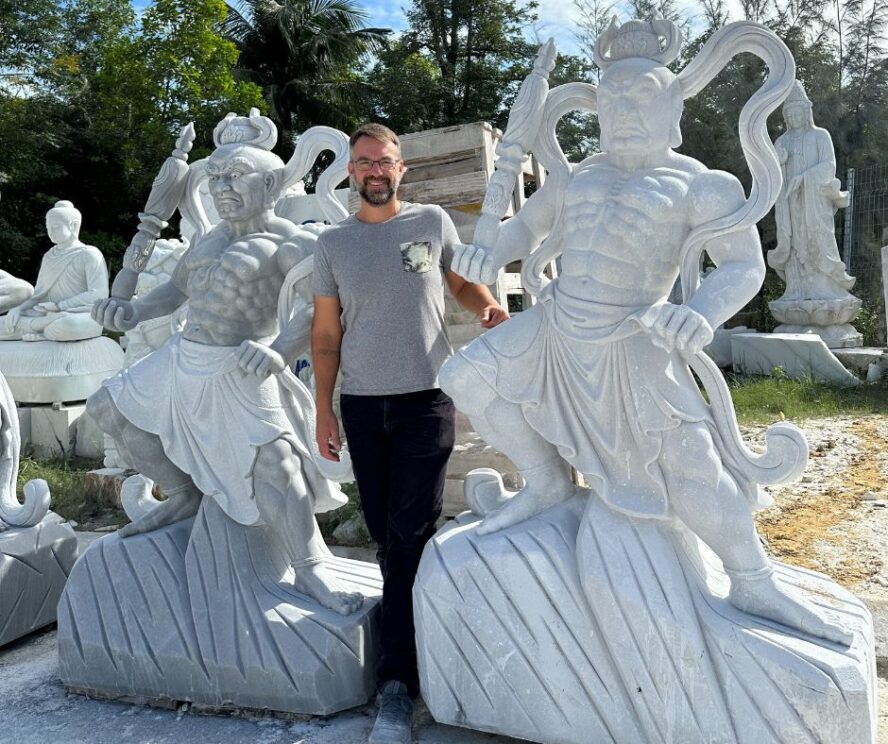
I was immediately drawn to these amazing sculptures (pictured above). I had seen them before in paintings but had never seen sculptures of them. They are Noi, fierce temple guardians who embody good and evil (yin & yang). The detail and realism of the pair are just amazing with their intense stare and rippling muscles. Watching these magnificent statues being carved is a truly awe-inspiring experience. The skill and dedication of the artisans is remarkable, as they transform single blocks of simple marble into beautiful, intricately carved works of art. I cannot wait to have them in our warehouse to keep all the negative energy from entering!

I have known Lan and Huong for 15 years. After dinner, we all went to a dessert restaurant where I tried 5 different dishes of variations of fruit and coconut milk each stranger and more delicious than the previous dish. I asked her why it was that Vietnamese people were so happy and carefree. She replied with a simple answer that was actually the perfect answer….”We feel safe.”
I meditated on this while staring out the window on the ride back home to my hotel room. When I sat on my bed I immediately deleted all my news apps on my phone. Nothing inspires division, fear and hate more than our modern media. Good riddance!

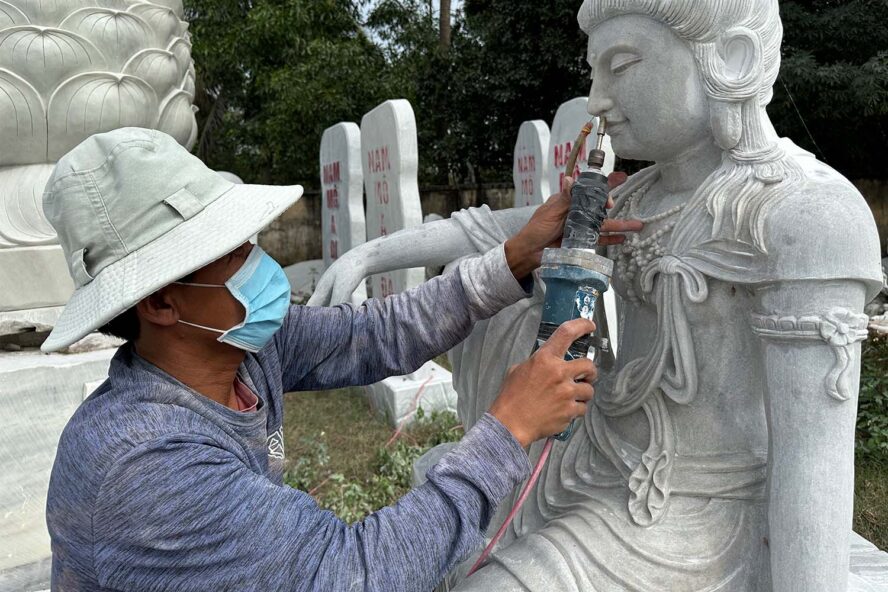
Kuan pictured above is one of the main artists who is in charge of the final finer details of a sculpture. When I first started Lotus Sculpture 22 years ago, I used to think that one person carved each statue. That is not the case. Each statue is carved by a group of artists with each person responsible for a different aspect of the statue.

There are separate people who are responsible for:
1. The rough cut: Artists cut out the outline of the statue from a solid block of marble.
2. Carving the entire body and shape of the face.
3. Carving the intricate details of the robes.
4. Carving the finer details like the facial expression and slender curves of the fingers.
5. Sanding and polishing the final statue.
Highly skilled artists, like Kuan, carve the most important aspect of the statue; the face and hands. Just watching him work for 10 minutes and seeing the smile of Avalokiteshvara come to life is pure bliss for me!
This buying trip so far has been such an incredible experience.
I’m so thankful to have had yet another opportunity to take an amazing trip to Vietnam and I already cannot wait to come back!
Next stop, Cambodia to visit my wood artists and to look for new stone and bronze artists. Stay tuned!
~Kyle Tortora, Founder, Lotus Sculpture


